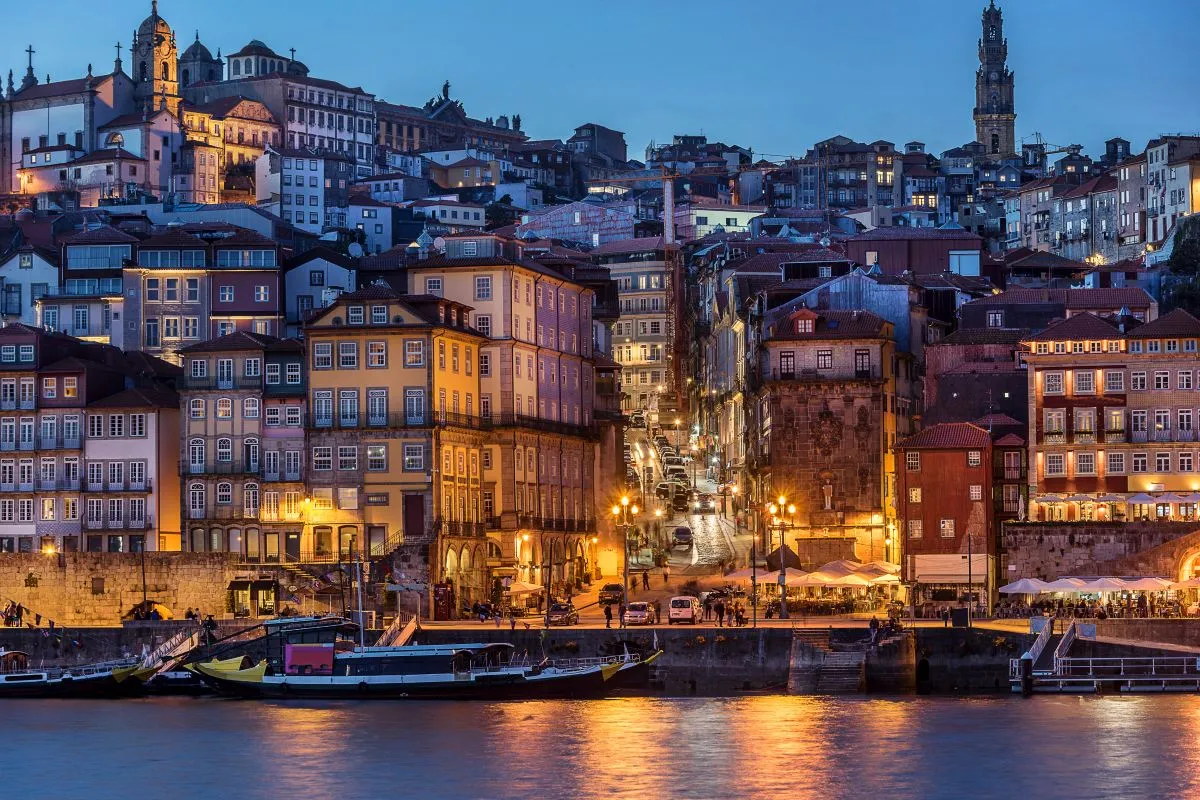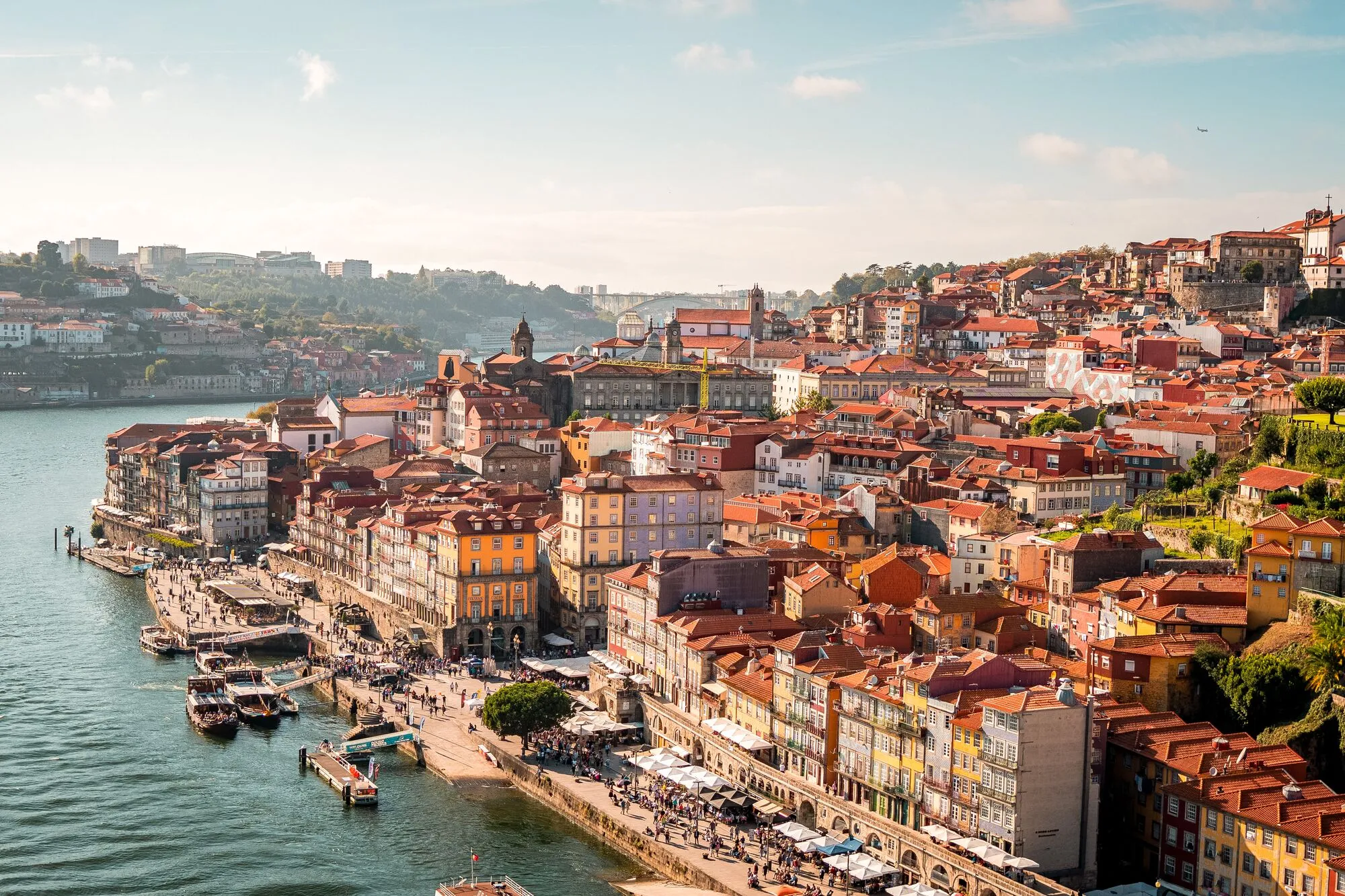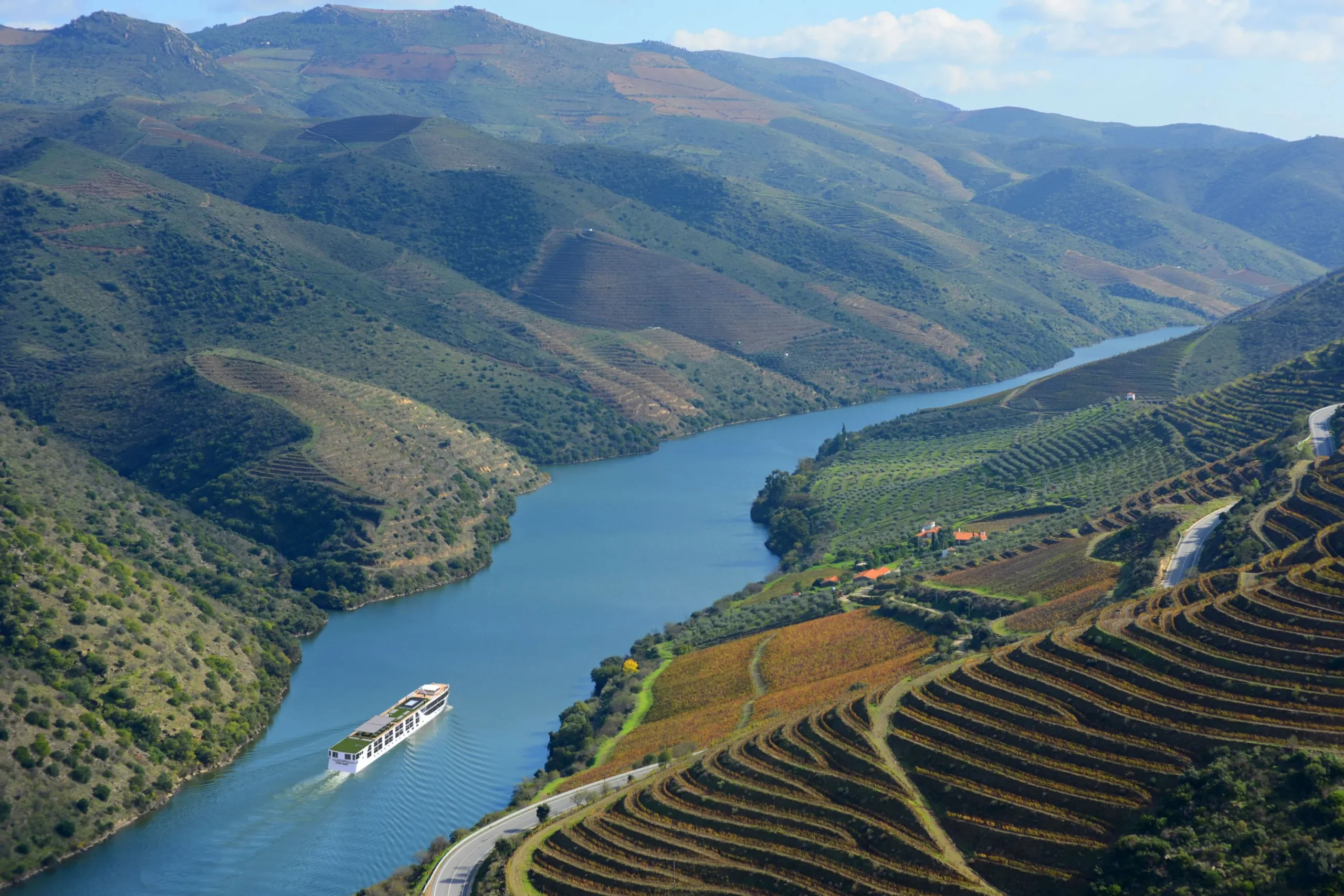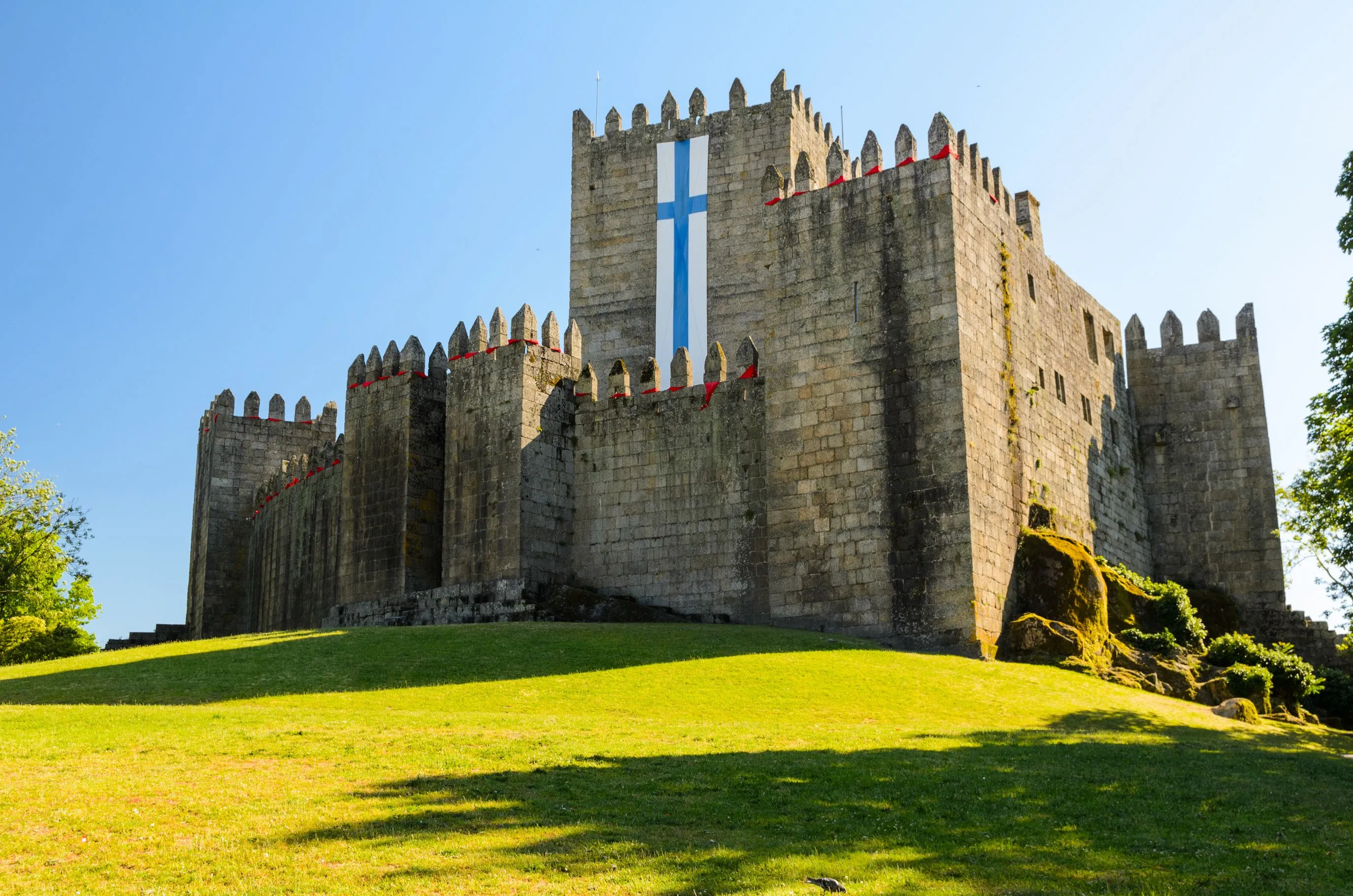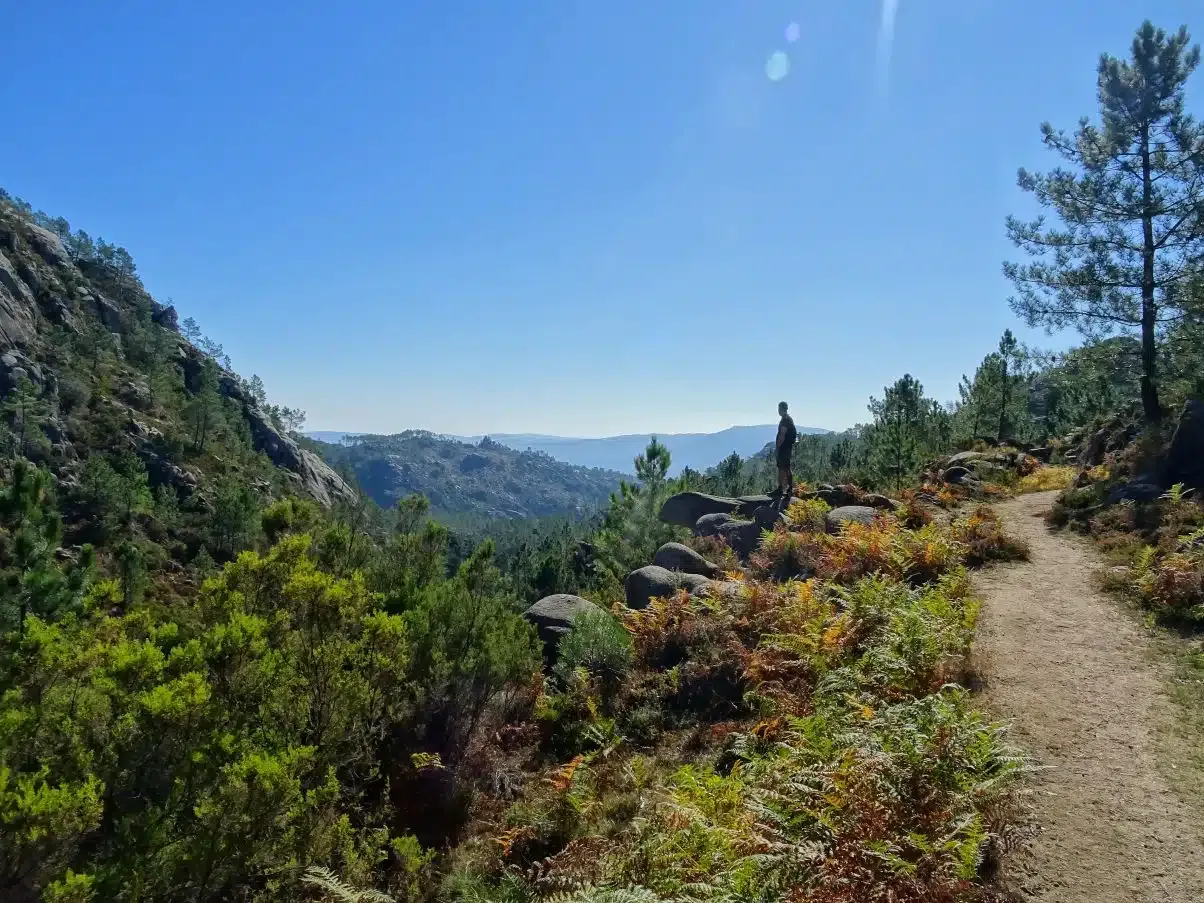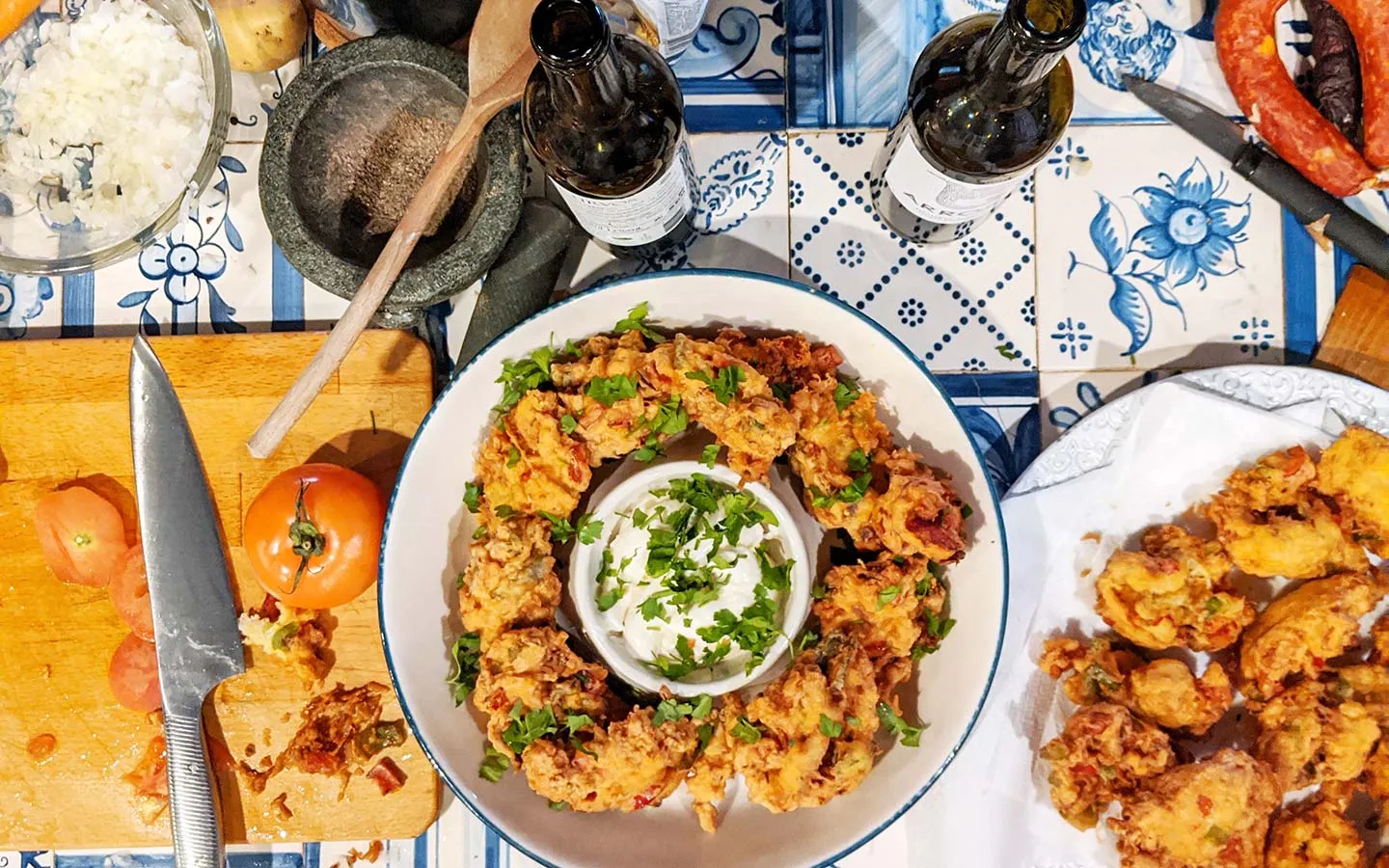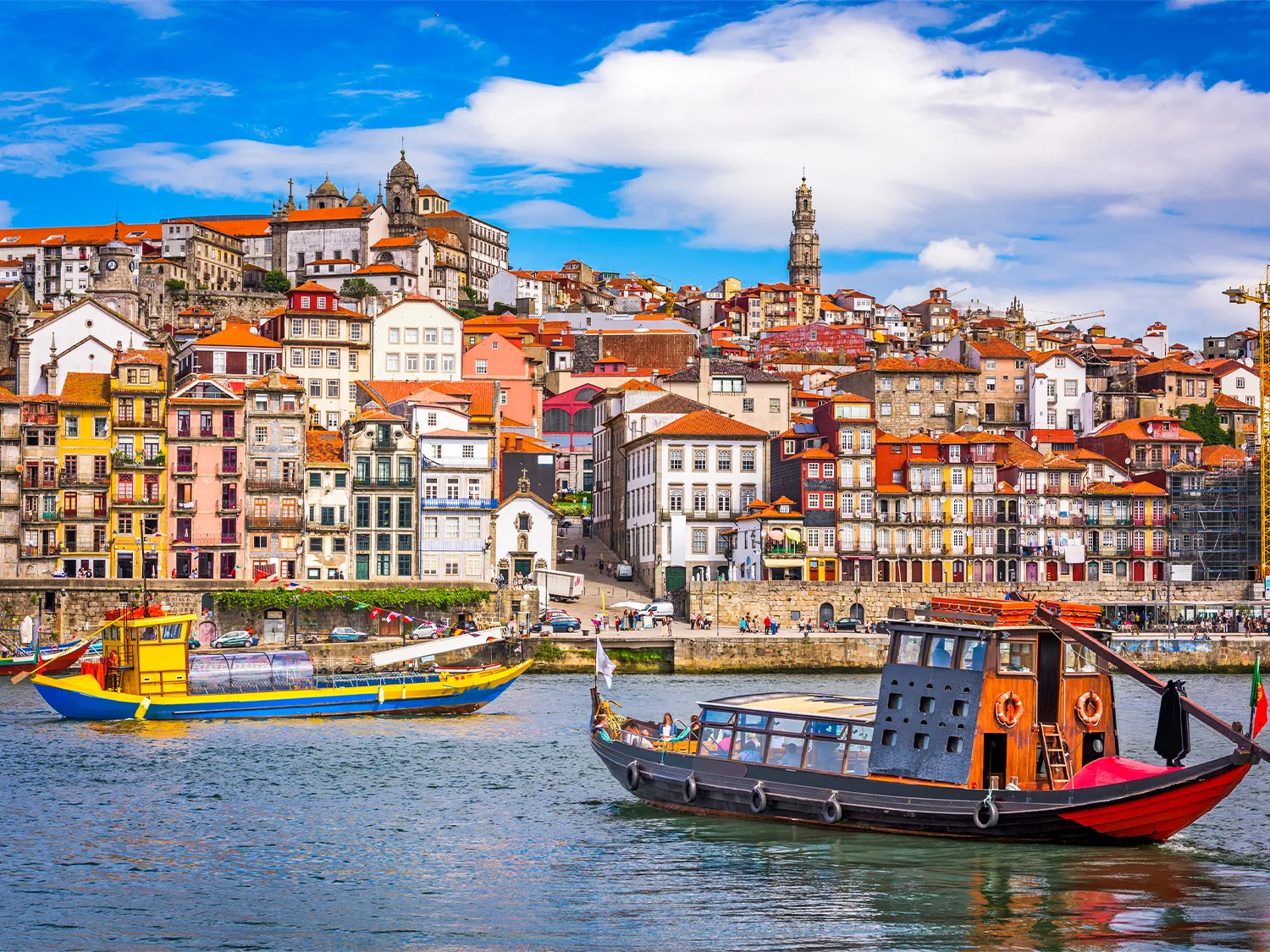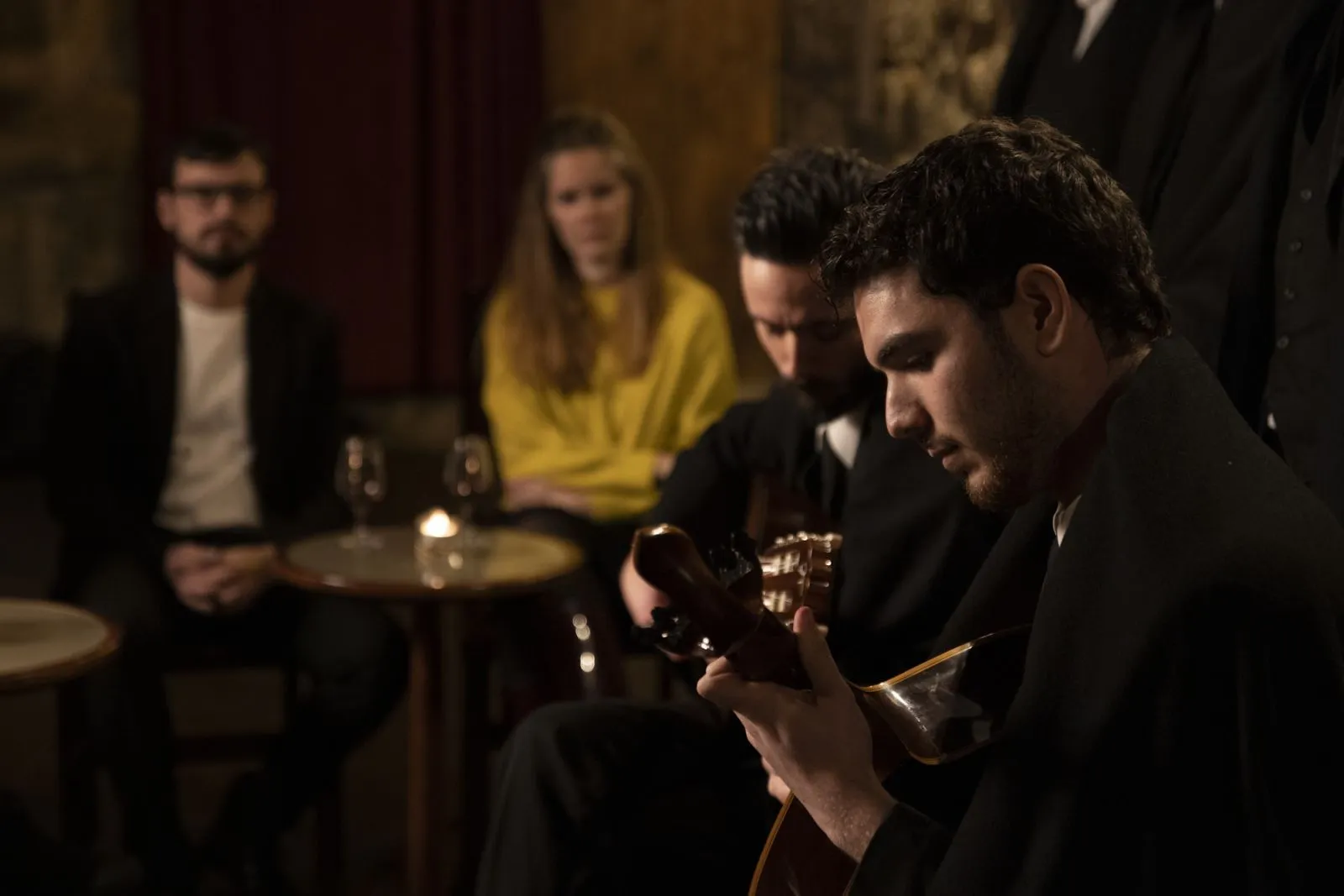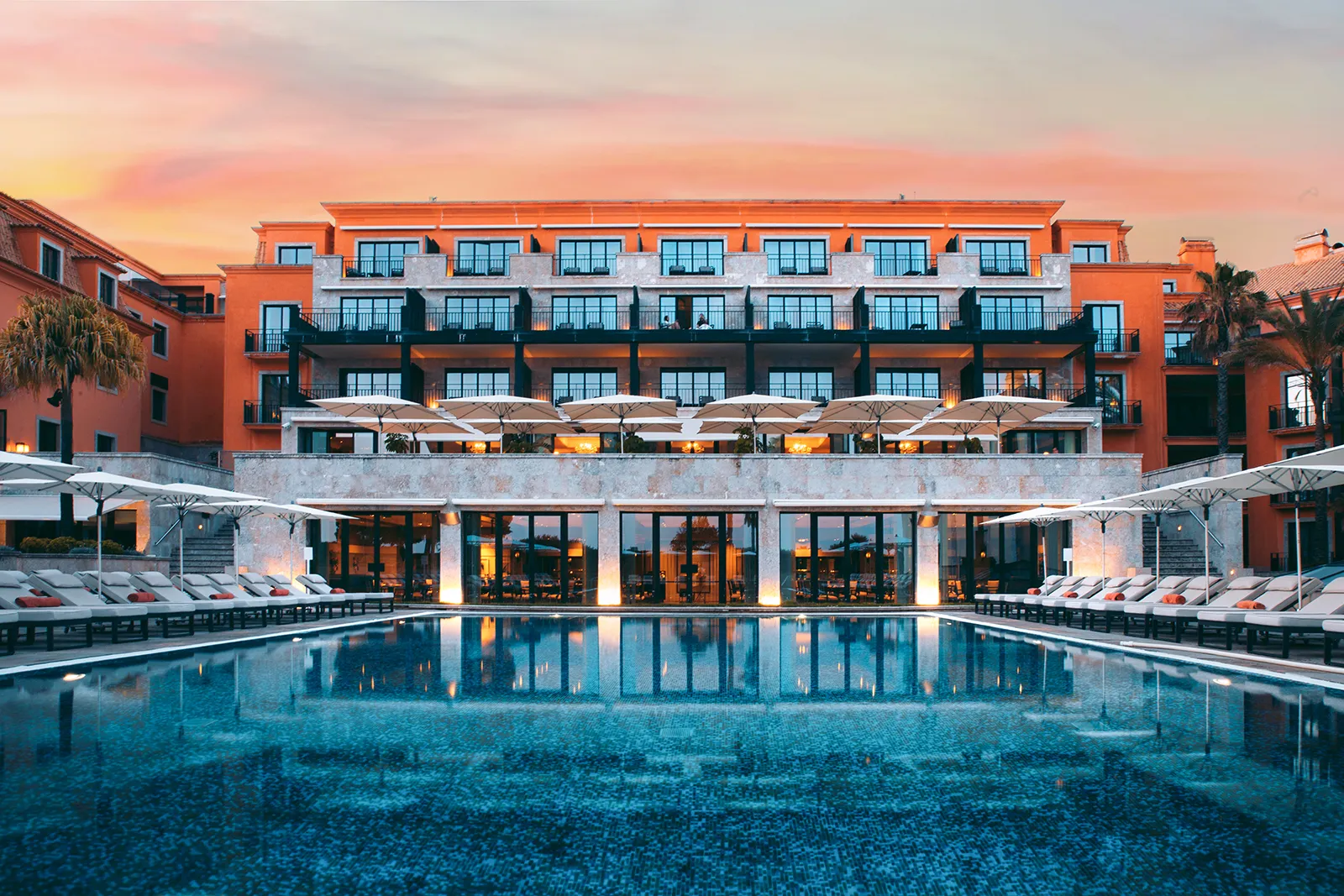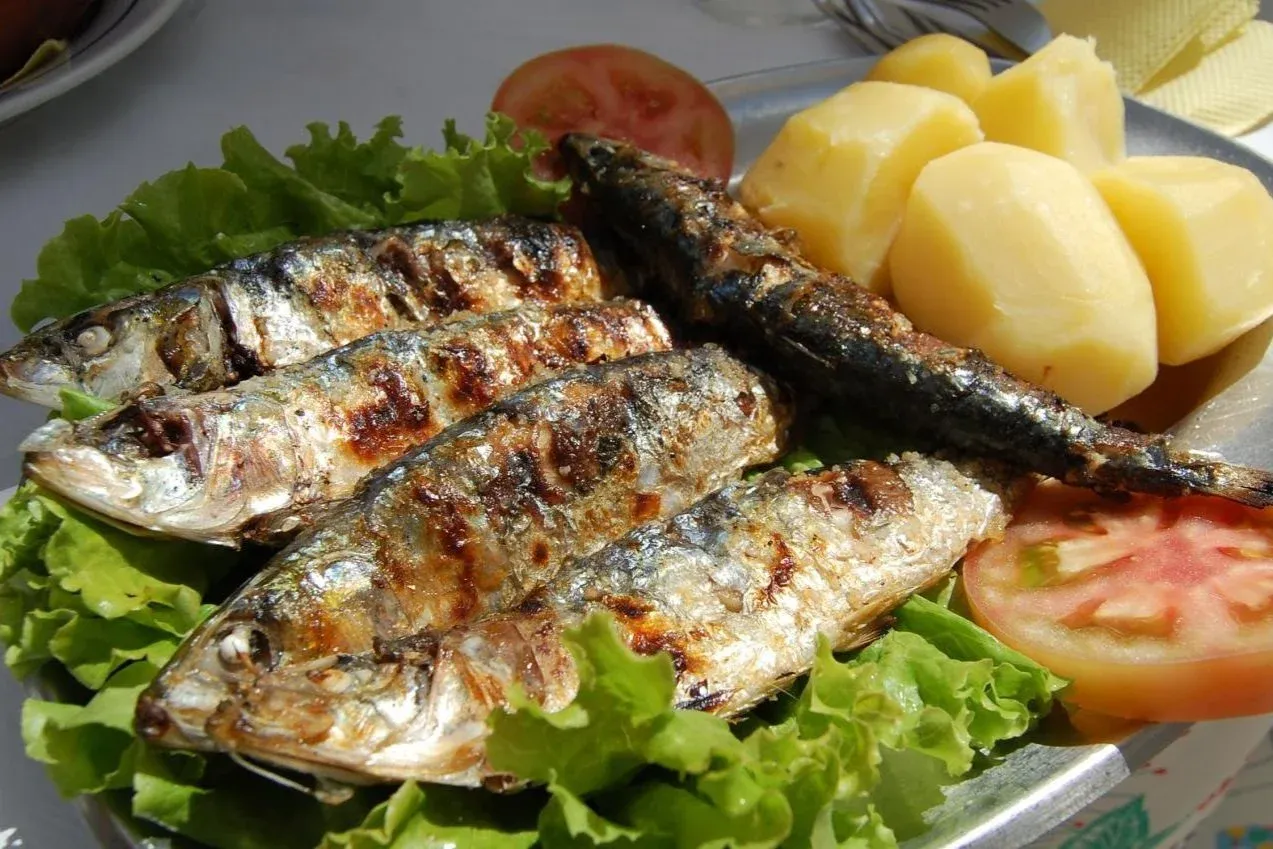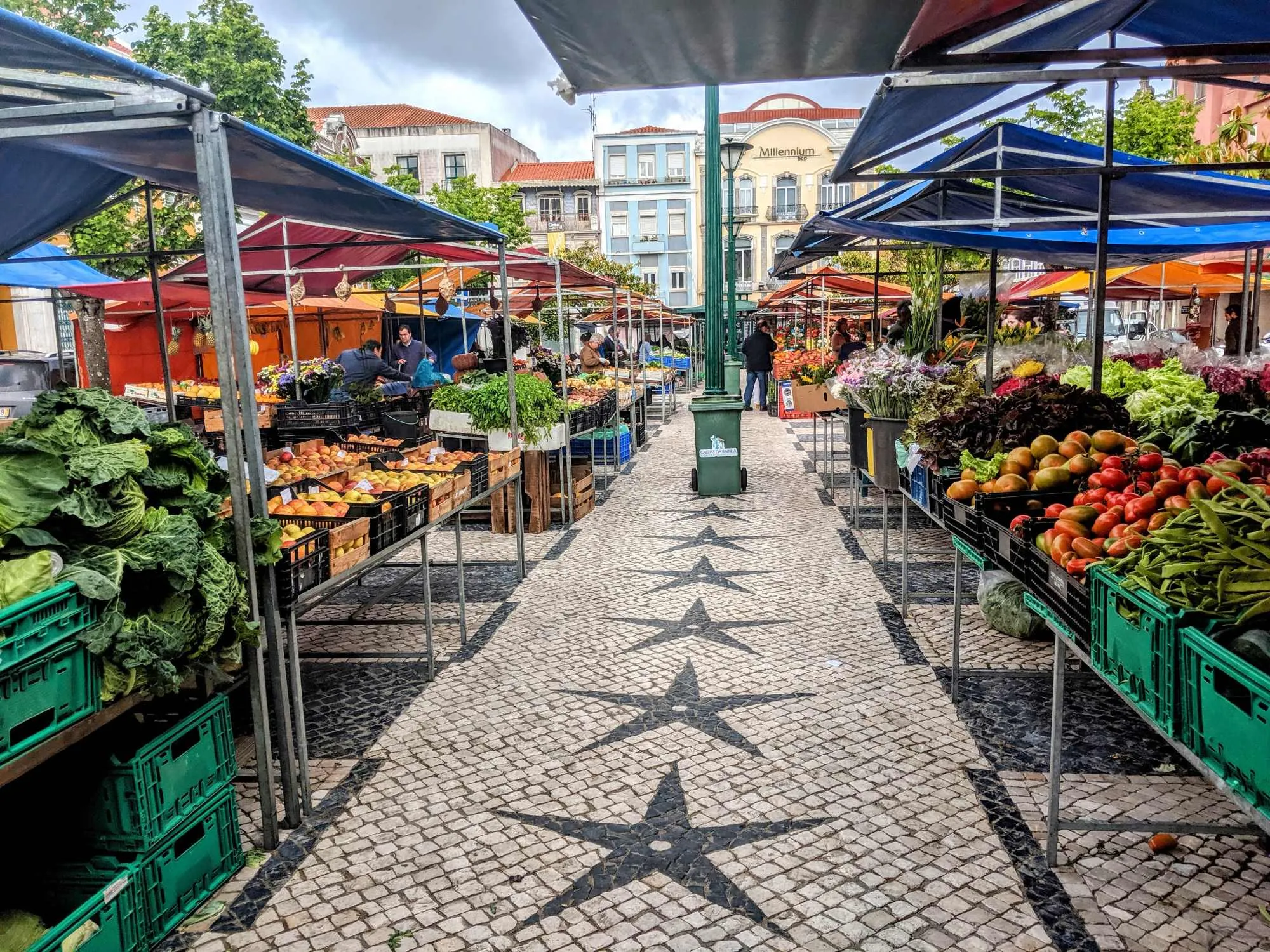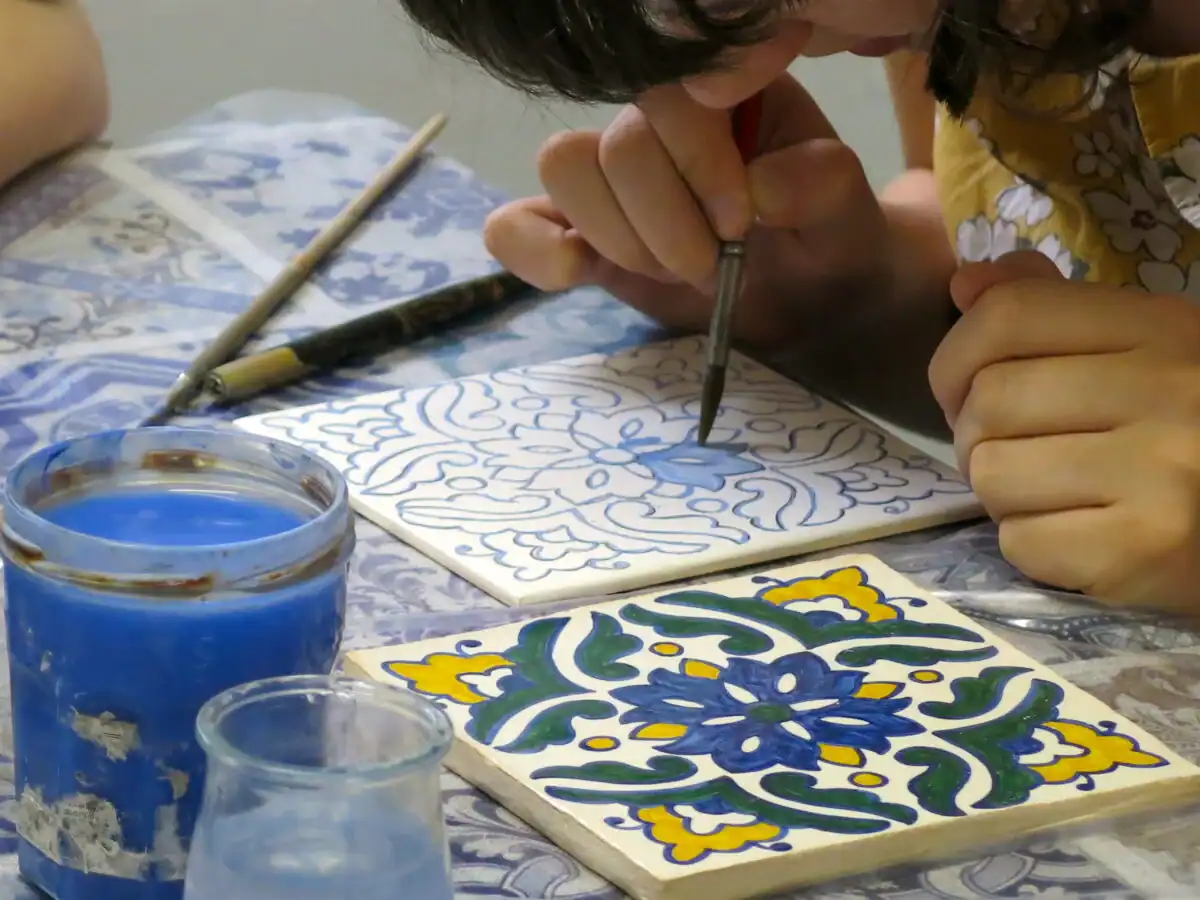Northern Portugal presents a distinct identity that feels like a nation of its own, tucked between Spanish Galicia and central Portuguese cities like Coimbra and Aveiro. This northern Portugal travel guide draws from the firsthand experiences of seasoned travelers who’ve navigated cobblestone streets, hiked wild trails, and tasted world-renowned wines in this culturally rich corner of Europe. From Porto’s vibrant heart to the serene terraced vineyards of the Douro Valley, and from rugged granite mountains to idyllic Atlantic beaches, you’ll discover a region that blends rich cultural heritage with a tranquil ambiance and mouthwatering gastronomic traditions.
Planning Your Trip to Northern Portugal: When to Go and How to Get Around
The shoulder seasons of spring (April to June) and autumn (September to October) are the ideal windows for travel. During these months, you’ll enjoy pleasant weather with significantly smaller crowds than the peak summer season. Autumn offers a particularly unique experience for wine lovers, as the grape harvest in the Douro Valley typically begins in September, allowing you to witness traditional winemaking practices, including foot-treading in granite lagares, accompanied by a festive, communal atmosphere.
While summer (July and August) guarantees warm weather, it also brings the largest crowds and highest temperatures, especially in the inland Douro Valley where the climate can be extremely hot and dry. Winter presents a compelling alternative for travelers looking to experience everything the region has to offer. Though consistent rain is a possibility, it fosters a cozy, atmospheric trip focused on indoor attractions like museums, historic sites, and the exceptional Portuguese cuisine and wine scene.
For maximum flexibility to explore Northern Portugal’s diverse landscapes, renting a car is the most highly recommended mode of transportation. The region’s compact size makes it perfectly suited for a road trip, allowing easy travel between cities, vineyards, and national parks. The most convenient entry point is Porto’s Francisco Sá Carneiro Airport (OPO), though travelers may find more affordable flights into Lisbon, which is approximately a 3.5-hour drive from Porto via toll routes.
Porto: The Invincible Heart of Northern Portugal
First Impressions: The Ribeira District
Arriving in Porto’s Ribeira district immediately immerses you in the city’s historic soul through an atmospheric labyrinth of streets. You’ll find tall, narrow houses painted in vibrant palettes and adorned with glistening azulejo tiles. The cobblestone alleys wind down to the Douro River waterfront, a bustling promenade filled with street musicians, clinking glasses from riverside cafés, and lively chatter from locals and visitors. Dominating the scene is the magnificent Dom Luís I Bridge, a double-deck iron marvel connecting Porto to Vila Nova de Gaia’s famous wine cellars.
Essential Landmarks and Attractions in Porto
- São Bento Station: This functions more as an art gallery than a transportation hub. Its main hall is covered in over 20,000 blue-and-white azulejo tiles narrating scenes from Portuguese history. This breathtaking introduction to one of Portugal’s most iconic art forms shouldn’t be missed.
- Clérigos Tower: For the most spectacular 360-degree views of Porto’s terracotta rooftops and the Douro River, climb the 225 spiral steps of this 76-meter-high Baroque bell tower.
- Livraria Lello: Famous as an inspiration for the Hogwarts library in the Harry Potter series, this bookshop showcases Art Nouveau mastery with its stunning crimson staircase. However, be advised: its popularity means significant crowds are managed by ticketed entry, so even an early arrival doesn’t guarantee a crowd-free experience.
- Porto Cathedral (Sé do Porto): Standing as one of the city’s oldest monuments, this fortress-like structure blends Romanesque, Gothic, and Baroque styles. Its cloister features beautiful azulejos, and the large terrace outside provides panoramic views over the old town and river.
Culinary Adventures: From Francesinhas to Port Wine
Porto’s signature dish, the Francesinha, is more of an event than a meal. It consists of layers of bread, ham, sausage, and steak covered in melted cheese and drenched in a rich, spicy tomato and beer sauce. Traveler reviews consistently point to Cafe Santiago as a classic spot to try it, with other highly recommended venues including Lado B and Brasão.
No trip to Porto is complete without tasting its namesake wine at the Port lodges in Vila Nova de Gaia. Walking across the upper deck of the Dom Luís I Bridge provides breathtaking views before you descend to the waterfront cellars. Cockburn’s and Graham’s receive consistent praise for their comprehensive experiences, while Cálem offers tours that conclude with live Fado shows featuring Portugal’s melancholic traditional music.
Exploring the Douro Valley: A River of Gold and Terraced Vineyards
The journey from Porto into the Douro Valley transforms dramatically as majestic mountains give way to breathtaking valleys carved by the tranquil “River of Gold.” The hillsides showcase a lush, winding tapestry of terraced vineyards in this UNESCO World Heritage site. Travelers can experience this journey by car for ultimate flexibility, by train via the scenic Linha do Douro route hugging the riverbanks, or by river cruise for a truly relaxing immersion in the scenery.
Wine Estate Experiences at the Quintas
The Douro Valley’s hundreds of quintas (wine estates) offer tours and tastings, but booking in advance is crucial as many require reservations and fill up quickly.
- Quinta do Vallado: This estate excels for history enthusiasts as one of the valley’s oldest producers, with over 300 years of heritage.
- Quinta do Seixo: It boasts an extraordinary hilltop setting with stunning panoramic views from the tasting room’s outdoor patio.
- Quinta do Tedo: This smaller, family-run estate provides intimate, personal experiences away from large tour groups.
Pinhão, nestled at the confluence of the Douro and Pinhão rivers, is often called the “prettiest town of the Douro Valley” and serves as an ideal base for exploring the region. Its charming harbor is a departure point for short river cruises, while the town’s train station features beautiful azulejo panels depicting scenes of the grape harvest and wine production.
The Historic Heartland: Braga and Guimarães
Guimarães: Stepping into Medieval Portugal
Guimarães holds special significance as the “birthplace of Portugal,” where the nation’s first king, Afonso Henriques, was born and the country’s first capital was established. The UNESCO World Heritage historic center is an exceptionally well-preserved medieval town that has evolved into a modern city. Wandering through cobblestone streets past stone archways and historic plazas feels like stepping back in time, with key sites including the 10th-century Guimarães Castle and the 15th-century Palace of the Dukes of Braganza.
Braga: The Spiritual Soul
Known as the “Rome of Portugal,” Braga is among the country’s oldest cities and serves as its religious heart, home to more than 30 churches and a rich architectural history. Despite its ancient roots, the city maintains a vibrant, youthful energy from its large student population, which supports a lively nightlife and growing food and café scene.
The city’s most iconic landmark is the Sanctuary of Bom Jesus do Monte, a hilltop pilgrimage site and UNESCO World Heritage Site described as a “masterpiece of European Baroque.” Its monumental zigzagging stairway, the Stairway of the Five Senses, represents the Stations of the Cross. For those who prefer not to climb, the world’s oldest water-balanced funicular uses an ingenious system of water counterweights to ascend the steep hillside.
Into the Wild: Peneda-Gerês National Park and Arouca
Peneda-Gerês National Park
Portugal’s only national park, located in the far north along the Spanish border, offers breathtaking wilderness with wild and rugged terrain. The dramatic landscape mixes granite peaks millions of years old, dense oak forests, green valleys, and crystal-clear rivers and waterfalls. Over 200 miles of marked hiking trails crisscross the park, ranging from easy walks to challenging mountain treks.
The picturesque village of Soajo, famous for its cluster of historic granite espigueiros (grain stores), serves as an excellent base for hikes. The stunning Arado Waterfall attracts photographers and adventurous visitors for canyoning and cliff jumping. During warmer months, crystal-clear lagoons like the famous Poço Azul offer perfect spots for a refreshing swim. The park also supports diverse wildlife, including rare Garrano wild horses, wolves, and golden eagles.
The Arouca 516 and Paiva Walkways
In the Arouca Geopark, the 516 Arouca suspension bridge stretches 516 meters across a gorge at 175 meters above the Paiva River, making it the world’s longest pedestrian suspension bridge. Walking across the transparent metal grid floor provides an adrenaline-pumping perspective on the dramatic landscapes below.
The bridge connects to the Passadiços do Paiva (Paiva Walkways), an 8.7-kilometer wooden boardwalk that zigzags steeply along the Paiva River cliffs, passing waterfalls and rapids. It’s important to note this isn’t a spontaneous activity; tickets must be booked online in advance. Organized day tours from Porto are often the most convenient option, handling all transportation and ticketing logistics.
Immersive Cultural Experiences in Northern Portugal
Hands-On Cooking Classes and Artisan Workshops
Porto’s hands-on cooking classes offer authentic cultural connections, often beginning with guided tours of local markets like the historic Mercado do Bolhão or the Matosinhos fish market to select fresh ingredients. These workshops cover iconic dishes from seafood specialties like Cataplana de Marisco to the art of making the perfect, flaky Pastel de Nata.
In Gondomar, near Porto, visitors can follow the Rota da Filigrana to traditional goldsmith workshops specializing in filigree—an intricate metalwork using fine threads of gold or silver. Here, you can observe artisans at work, learn ancient techniques, and purchase authentic pieces directly from the creators. The Douro Valley also offers various craft workshops in pottery, traditional basket weaving, painting, and textile design against stunning vineyard backdrops.
Vibrant Festivals and Pousada Experiences
The Festa de São João (June 23-24) transforms Porto into the city’s largest street party celebrating Saint John. Unique traditions include locals hitting each other with plastic hammers for good luck, releasing paper lanterns, and watching massive midnight fireworks over the Douro River. In Viana do Castelo, the mid-August Festa da Senhora da Agonia honors Our Lady of Sorrows with spectacular processions showcasing women in stunning traditional traje minhoto costumes adorned with intricate gold jewelry.
For truly unique accommodations, the Pousadas de Portugal network features hotels in historically significant buildings like restored castles, monasteries, and palaces. The Pousada Mosteiro de Guimarães, a beautifully converted 12th-century Augustinian monastery, receives exceptional reviews, while the pousada within Guimarães’ historic castle offers a memorable, atmospheric stay.
Budgeting for Your Northern Portugal Adventure
Trip costs vary significantly depending on travel style, from budget-conscious backpacking to luxurious private tours.
- Budget Travelers: Expect daily costs around $100, including hostel accommodations ($40-80), market and café meals ($30-50), and public transit/museums ($20-40).
- Mid-Range Travelers: Budget approximately $300 daily for 4-star hotels ($150-250), restaurant meals with wine ($70-120), and car rentals with tours ($60-100).
- Luxury Travelers: Budget $600+ daily for 5-star accommodations ($300+), fine dining ($150+), and private tours or cruises ($150+).
On average, mid-range family budgets are around $283 per person daily, including accommodations, food, and activities. International flights from the US during non-peak seasons range from $500-900 for a one-way trip. Quality 4-star hotels in Porto typically cost $150-200 per night, and mid-range restaurant meals range from $20-50 per person.
Northern Portugal’s blend of rich cultural heritage, tranquil ambiance, and mouthwatering gastronomy creates a complete and immersive travel experience. This northern Portugal travel guide provides your roadmap to authentic adventures, from Porto’s vibrant streets to the Douro’s golden vineyards, ensuring you discover the best places to visit in Northern Portugal like a seasoned traveler.
Read more:
